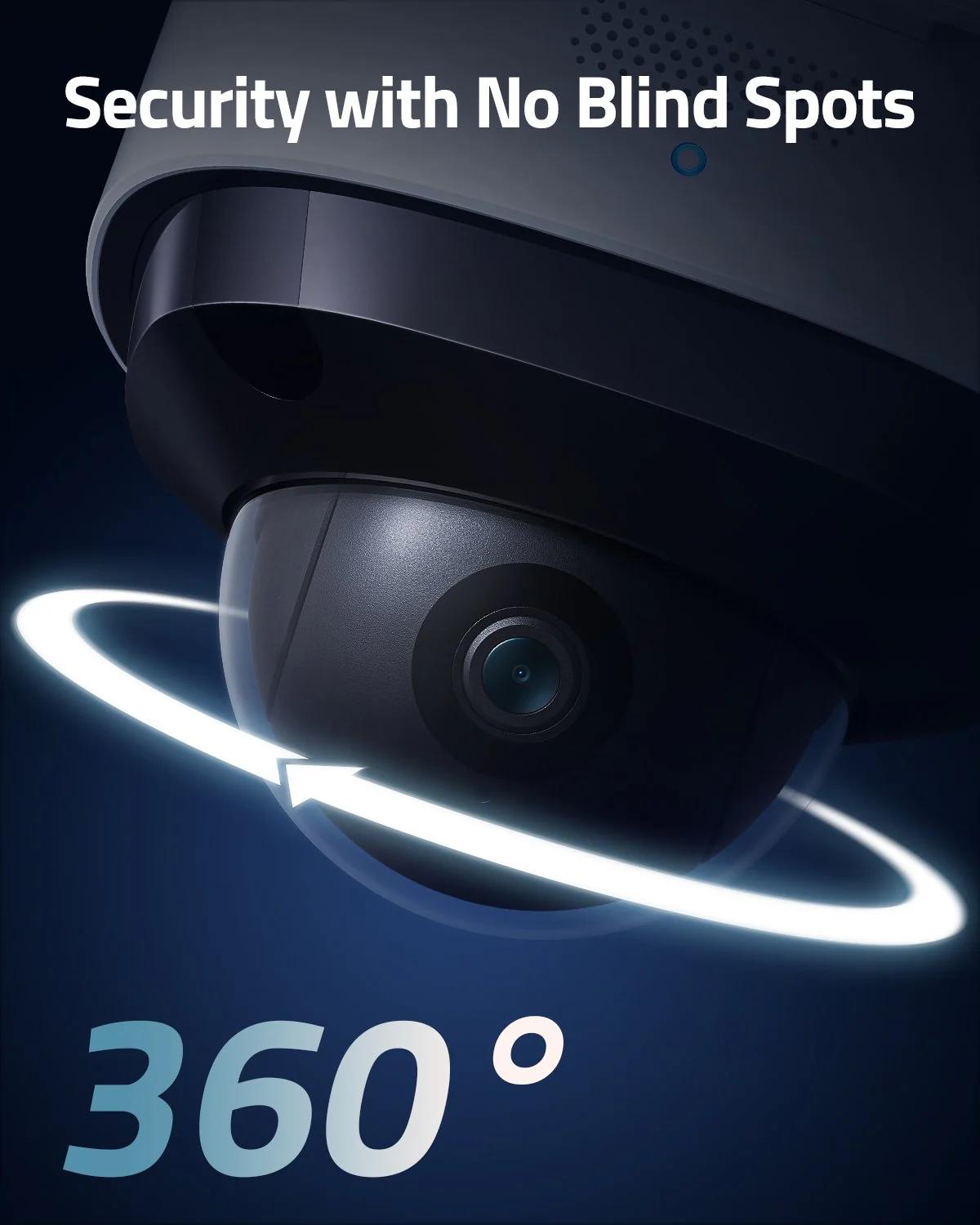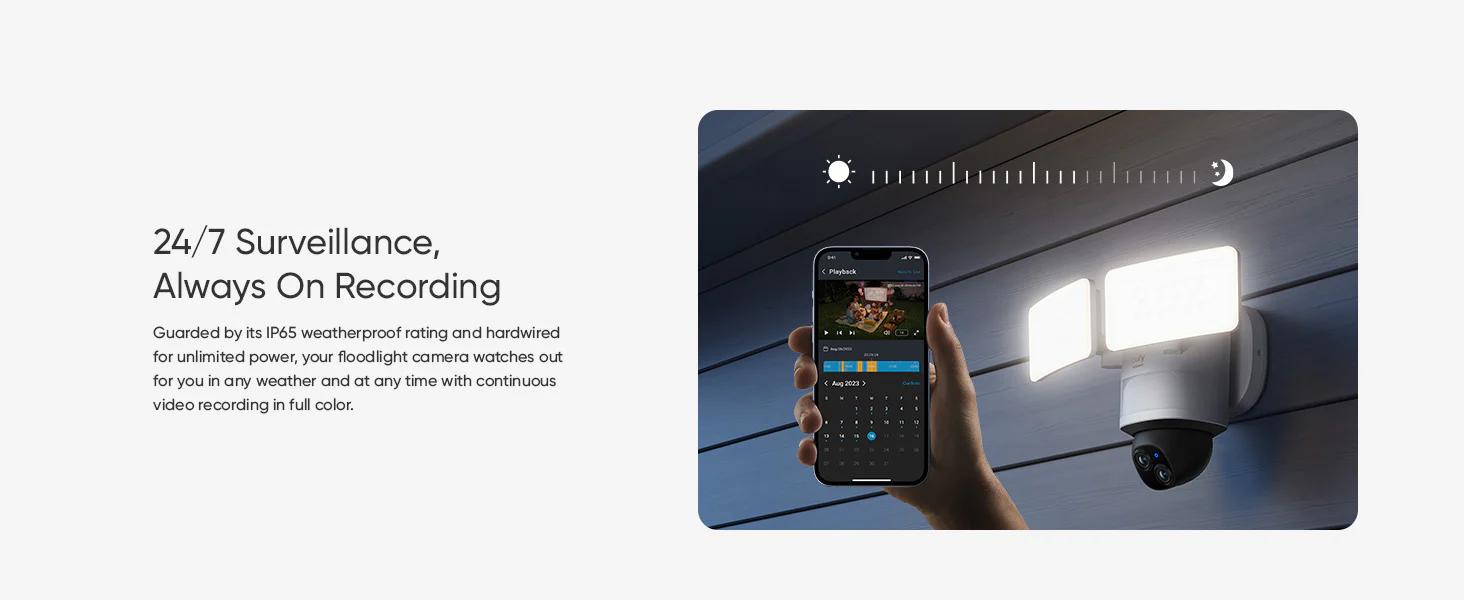Although
surveillance system cameras are essential for security and monitoring, they
also consume a substantial quantity of electricity, particularly when they are
active 24 hours a day. So, let us ask you a question. Where can you locate
methods to enhance the efficacy of security system cameras and reduce your
energy expenditures? In this article, we will explore a few strategies and
techniques that can help you extend the lifespan and optimize the efficiency of
your cameras.

Methods
for Optimizing a Surveillance System Camera's Efficiency
Configure
the Camera to its Optimal Settings
The
next phase of optimizing the surveillance system camera's power efficiency
entails establishing camera parameters tailored to your unique requirements and
preferences. For example, this can be accomplished by reducing the video's
luminance, resolution, and frame rate to conserve electricity. Suppose the
camera is not in use or there is no activity nearby. In that case, you may also
activate the sleep and dormant modes. Furthermore, you can adjust the motion
detection and recording parameters to ensure that only relevant events are
recorded and saved, thereby preventing unnecessary power consumption on
footage.
Choose
the Appropriate Camera Model
The
initial step in optimizing the power efficiency of the cameras in your
surveillance system is to select the most suitable type of camera for your
needs. The power consumption of various cameras is contingent upon their
features, resolution, and functionalities. For example, wireless cameras
require more electricity than wired cameras due to their obligation to maintain
a connection and transmit data. Cameras that incorporate capabilities such as
high-definition video, night vision, motion detection, and zoom like a security floodlight with camera consume
more power, like how fundamental cameras consume less energy. Consequently, you
must select a camera that not only meets your needs but also needs more
superfluous or extravagant features that devour an excessive amount of power.

Take
Advantage of Circuits to Manage Power
The
third phase of optimizing power efficiency in surveillance system cameras
involves using power management circuits (PMCs) that can regulate and
optimizing the power supply to the cameras. PMCs can distribute, control, and
convert power to various camera system components. The sensor, processor,
memory, and transmitter comprise these components. PMCs can also adjust the
power level in response to the present state of the battery, the operating
mode, and the conditions of the surrounding environment. By employing PMCs, you
can reduce the lost power, improve the stability of your cameras, and extend
their battery life.
Monitor
the Required Power Consumption
The
fourth phase in optimizing the power efficiency of surveillance monitoring
cameras involves identifying any problems or irregularities and monitoring the
power consumption of your camera system. A power meter or a software
application can measure and monitor your camera’s power consumption over time.
Then, you can compare the actual power consumption to the predicted or average
figures. By performing this action, you can detect any increases, decreases, or
fluctuations in the power level that may indicate a malfunction or issue.
Furthermore, it is possible to analyze the patterns and trends of power usage
to identify opportunities for improvement or optimization.
Check
and Maintain the Surveillance System
The
last step in ensuring the utmost possible power efficiency in surveillance
system cameras is to perform routine and appropriate maintenance on the camera
system. The camera's lens necessitates cleaning, the batteries must be
replaced, the wiring must be examined, and the software must be updated. This
step will prevent the performance and efficacy of your cameras from being
harmed by dust, filth, moisture, rust, and bugs. You can also verify that your
cameras are functioning securely and smoothly and are free of any defects,
vulnerabilities, or hiccups.
Conclusion
Ensuring
your surveillance camera's efficiency is easy. By adhering to these methods,
starting with choosing the right model, configuring the optimal camera
settings, taking advantage of PMCs, monitoring the needed power consumption,
and checking the surveillance system often, you can surely achieve a more
efficient surveillance camera for your property.
